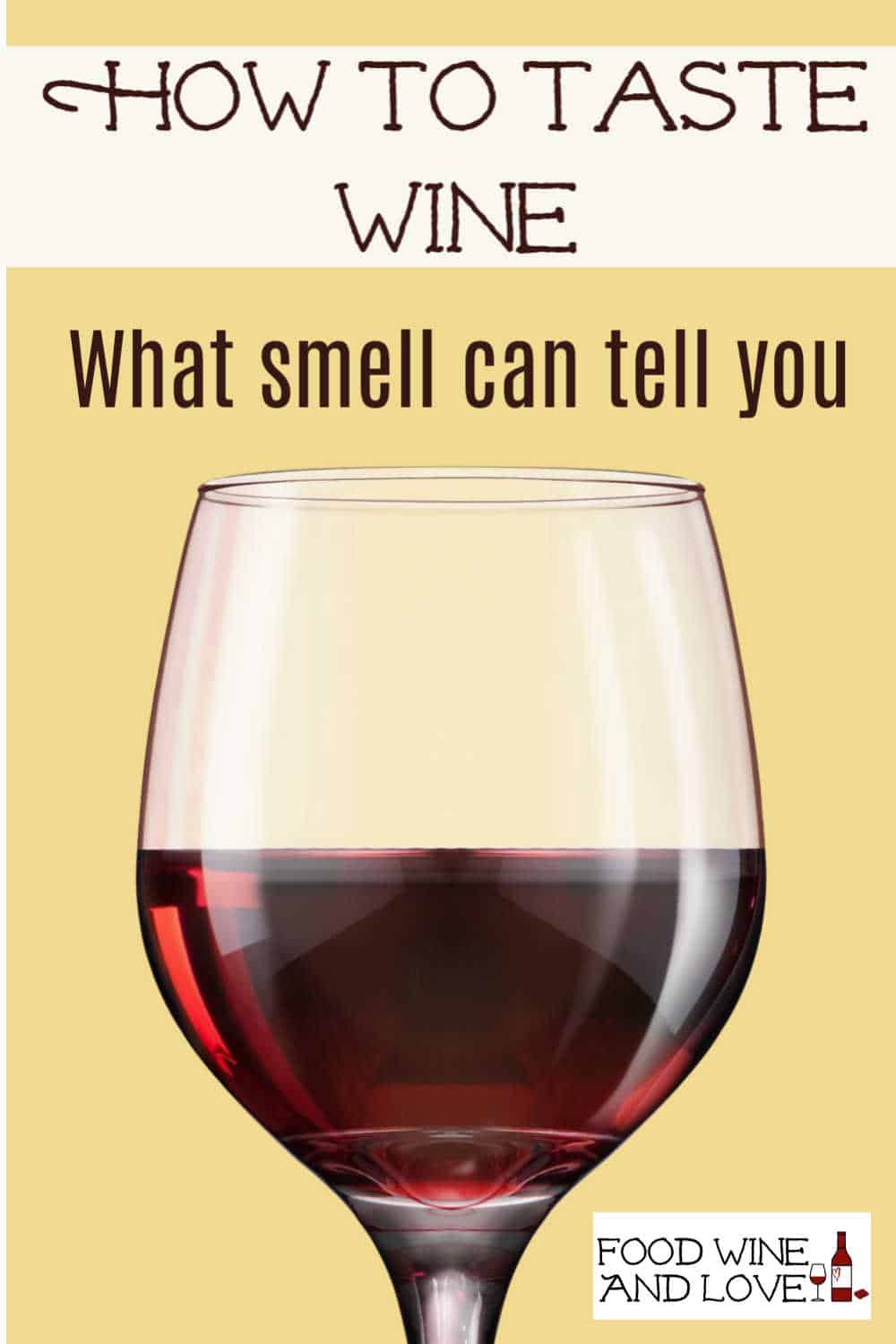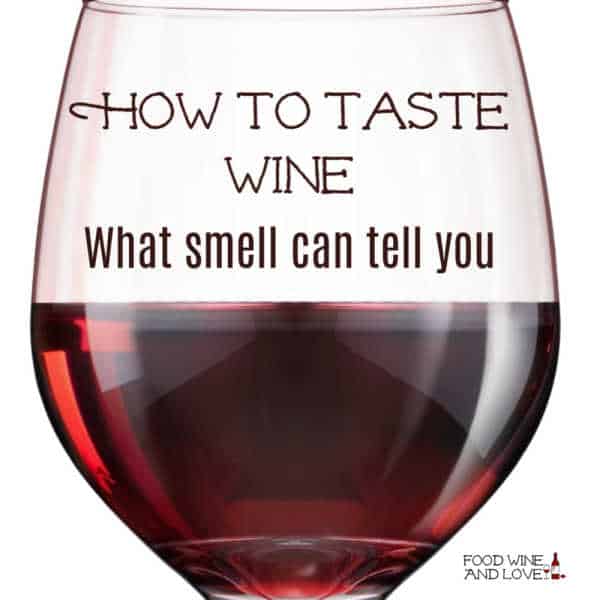Just in case you have ever wondered, this What The Smell of Wine Can Tell You .
The smell of a bottle of wine can really say a lot too!
What The Smell of Wine Can Tell You
When you see someone sniffing a newly opened bottle of wine, you may think they seem like they know what they are doing when it comes to judging a wine.
However, you may also wonder if they know what they are doing since only 'experts' seem to know what the scent of a wine means.
I know that when I see someone smelling a bottle of wine, my first thought is that they know what they are doing.
After all, I am a self-proclaimed novice when it comes to knowing everything that there is to know about wine. While I enjoy the idea of wine, I know where I stand because I have not formally studied wine and I also know that there are people who know more than I do about the subject.
There are some folks who think that sniffing a bottle of wine is a pompous act.
I mean, when you see someone in a movie sniffing a newly opened bottle of wine in a snazzy restaurant, that person is usually someone with some 'airs' about them. That is if you know what I mean.
Americans, for the most part, tend to be a bit more casual about their wine tasting.
We do not seem to care a lot about where we are even doing it. There is some great wine tasting to be done at a local liquor store as far as I know.
So what is wine tasting all about anyway if we do not have to judge a wine by its smell?
Actually, there is a lot that we can learn about the smell of a wine. There is also a proper way to do it, as I will share with you.
By the way, while you are here you may also be interested in these ideas.
- 5 Foods to Pair With Sauvignon Blanc.
- 5 Facts About Red Wine That May Surprise You.
- Great Tasting Wine That You Can Actually Buy Online.
Be sure to follow me on Pinterest Facebook and Instagram.
Also, subscribe to my weekly newsletter!
This is What The Smell of Wine Can Tell You.
When you open a bottle of wine, it is kind of like opening a bottle with a genie inside of it. Think of the aroma as letting the genie out of the bottle. In the case of wine, the aroma can tell you about the grapes and the chemical reactions that have taken place since the grapes were bottled in your bottle.
There are three ways in which you can smell your wine.
Sniffing the cork, while often controversial, can be the first way to smell your wine. The problem with smelling the cork can be that it may not accurately tell you about the wine. However, a cork can often certainly indicate when a wine has gone bad.
You can get the first scents of a bottle of wine just after it is opened by sniffing the opening of the bottle.
This first indication of what is inside of the bottle can be useful. For example, if the first thing that you smell reminds you of your grandmother's basement, you may want to pass on the bottle of wine. Also not so good is an overly acidic or yeast-like smell. Some smells with go away thanks to the air however.
Impress someone by discussing the 'Aroma' versus the'Bouquet'
The aroma is in reference to the actual grape(s) that were used to make your wine. Young wine is especially good to describe by aroma standards since the 'bouquet' may still be too early.
What exactly is 'bouquet'?
The bouquet from wine refers to the chemical reactions that have occurred in that bottle of wine after it was sealed. This reaction occurs between the acids, sugars, and even alcohols that are in that bottle.
The next way to appreciate smelling your wine happens after you have poured it into your glass.
Using a wider glass and a wine that has not been chilled can offer a more accurate scent. Before you start moving your wine around in that glass you may want to first inspect the wine to make sure that it is clear and the color is good (white for white wine and red for red wine). This reminds me of diamonds, on a side note. By the way, sediment in the wine is normal.
Now for the swirl action.
How cool do we look anyway when we swirl our wine? It does look so impressive but, do people actually how to why we swirl wine?
Here is how to swirl your wine.
The good news is that the direction of your swirl action does not matter. What matters is that you wine is covering more area of the inside of the glass. Swirl your wine slowly by the way as a wine stain can be a nasty and embarrassing thing to deal with. Swirling the wine allows for the wine to come into contact with the air. As a result, you can get another great smell of your glass of wine.
Now here is how to actually smell the wine.
I am trying to prevent folks from looking like an amateur with these tips.
Start by holding the glass a few inches from your nose, Take a good sniff. I like to take a quick fresh breath of air before I do the next step. Place your nose about a half inch into the glass.
Congratulations, you have learned hot to taste your wine.
Every time you sniff your wine notice what the first thing that comes into your mind is. What does that wine first remind you after you smelled it?
Here are some scents that may remind you of your wine.
Fruits:- First think of berries and then the citrus fruits. Citrus should pop out in the white wines especially.
Next note any Floral or herb scents. This is usually in whites and light reds.
Other scents to notice. Also, spices, earth related scents, or even coffee may come to mind.



